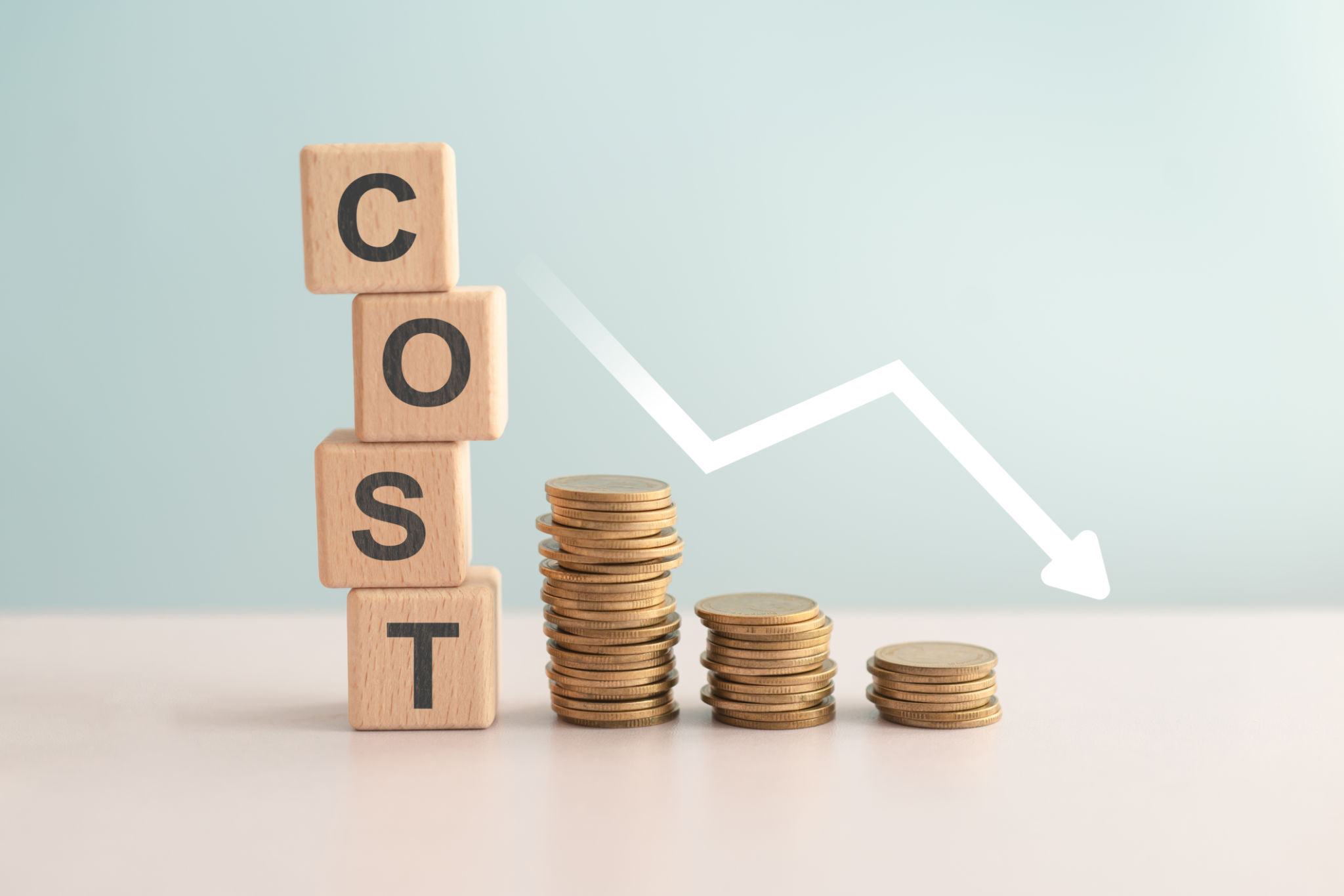Debunking Myths About Prefabricated Homes: Quality, Durability, and More
Understanding Prefabricated Homes
Prefabricated homes, often referred to as prefab homes, have gained popularity over the years as a cost-effective and efficient alternative to traditional site-built homes. Despite their growing acceptance, several myths persist about their quality and durability. This blog aims to debunk these myths and shed light on the reality of living in a modern prefab home.

Myth 1: Prefab Homes Are Poor in Quality
One of the most common misconceptions is that prefab homes are of inferior quality compared to traditional homes. This couldn't be further from the truth. Prefab homes are built in controlled environments using cutting-edge technology and high-quality materials. This ensures consistent quality, precision, and adherence to strict building codes and standards.
Moreover, because these homes are constructed indoors, they are not subject to weather-related delays or damage during the building process. This controlled setting allows for thorough inspections at each stage, ensuring that every detail meets the highest standards.
Myth 2: Prefab Homes Lack Durability
Another prevalent myth is that prefab homes are not as durable as their traditionally built counterparts. In reality, prefab homes are engineered to be exceptionally durable. Many prefab homes are designed to withstand extreme weather conditions, including strong winds and heavy snow loads.

The materials used in prefab construction are often the same or even better than those used in conventional building methods. Additionally, since they are built to precise specifications, there is less room for error, reducing long-term maintenance issues.
Myth 3: Prefab Homes Are Limited in Design
Some people believe that opting for a prefab home means sacrificing design flexibility and aesthetic appeal. However, modern prefab homes offer a wide range of customization options. From sleek, minimalist designs to traditional styles, there's a prefab design to suit every taste.
Many manufacturers provide customizable floor plans and finishes, allowing homeowners to tailor their living spaces according to their preferences and lifestyle needs. The modular nature of prefab homes also means they can be easily expanded or modified in the future.

The Environmental Impact of Prefab Homes
A lesser-known advantage of prefab homes is their environmental impact. Prefab construction produces significantly less waste compared to traditional building methods. Since materials are cut precisely in a factory setting, there is minimal on-site waste.
Additionally, many prefab homes incorporate sustainable materials and energy-efficient features, such as solar panels and high-performance insulation, further reducing their environmental footprint and long-term energy costs.
The Cost-Effectiveness of Prefab Homes
Cost is often a deciding factor when choosing a home. Prefab homes can be more affordable than traditional homes due to their efficient construction process and reduced labor costs. The faster construction timeline also translates into fewer labor hours, contributing to overall savings.

While initial costs can vary based on design and customization options, the long-term savings from reduced energy bills and maintenance make prefab homes a financially sound investment.
Conclusion: The Future of Home Building
As we've debunked these myths, it's clear that prefab homes offer a viable and attractive alternative to traditional housing. With advancements in technology and design, these homes continue to evolve, offering superior quality, durability, and sustainability.
The next time you consider purchasing a home or investing in property, remember that prefab homes might just be the perfect solution, combining modern aesthetics with practical benefits.